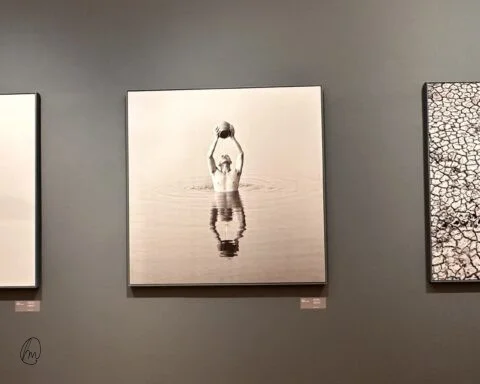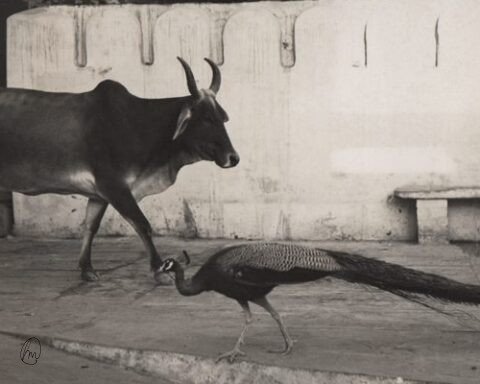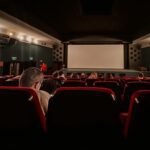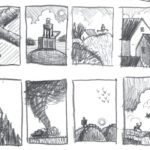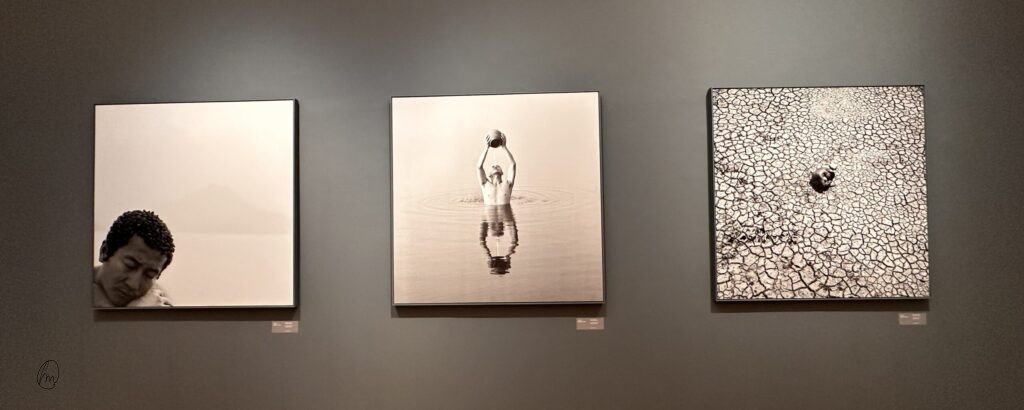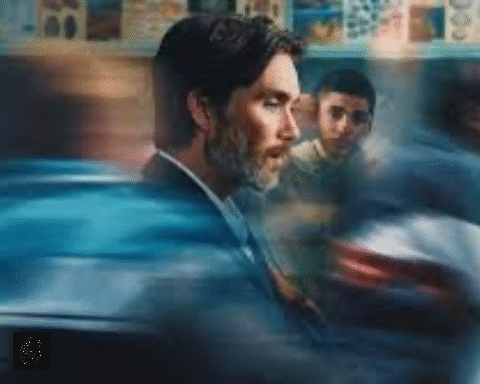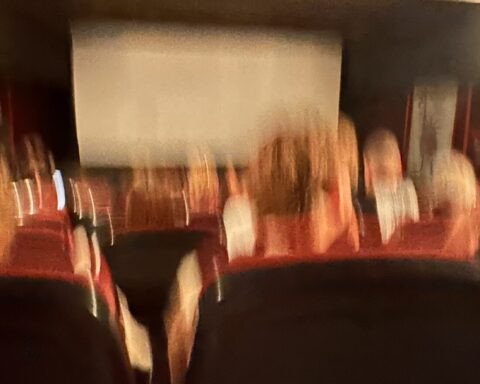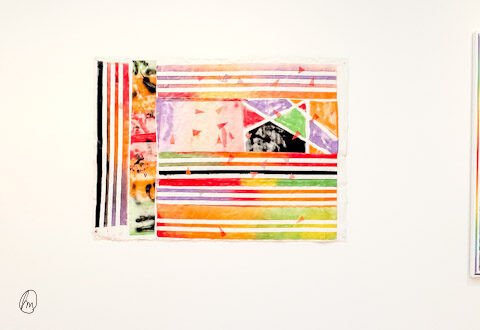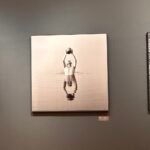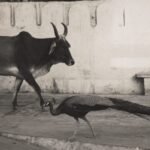Few would deny that capturing and defining abstract concepts in visual form is a formidable challenge. Yet Hungarian documentary photographer Zoltán Molnár has embraced this task in curating the exhibition Nunchi – The Power of Silence.
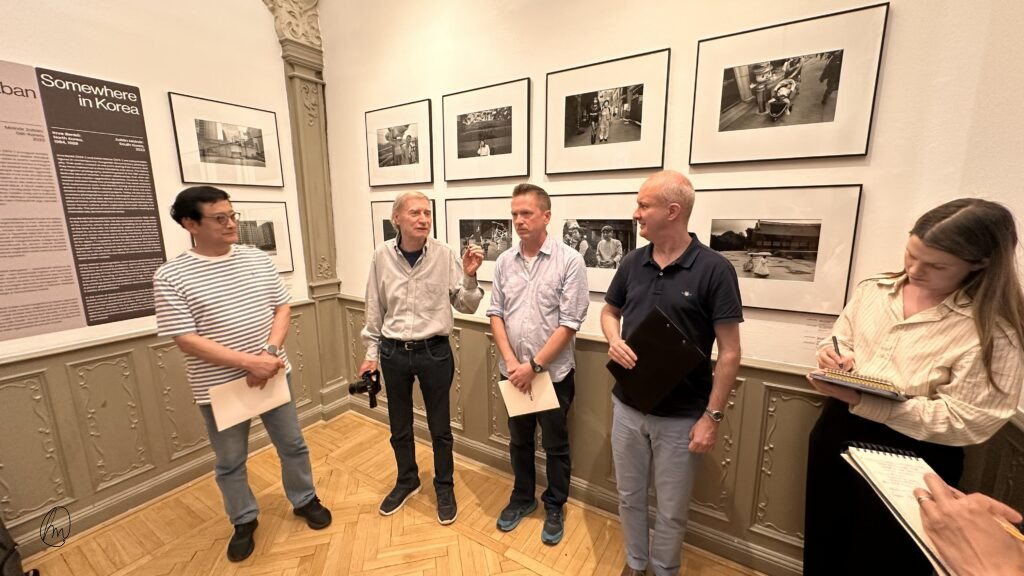
Nunchi
But what exactly is nunchi — a new K-Pop craze, or perhaps some kind of sweet treat?!
The concept of nunchi dates back to 17th-century Korea. At its core, it means an empathetic attentiveness to our surroundings: a refined sensitivity to what the environment is saying and feeling. To existence itself — a state of balanced symbiosis with the world.
Korean–American author Euny Hong, in her book The Power of Nunchi: The Korean Secret to Happiness and Success, illustrates this with a simple example: South Korean children learn to practice nunchi in seemingly trivial situations, such as standing on only one side of the escalator to leave space for those in a hurry. We may call this a simple form of symbiosis among fellow escalator riders.
But let’s pause for a moment — this is not a book review, but a photo exhibition.
The Power of Silence
This subtle level of attention is conveyed through the works of five South Korean photographers, with Zoltán Molnár curating the exhibition into two distinct sections.
Nature and Humankind
Here we find the works of acclaimed photographer Moon Sang-Wook. His images recall that at the dawn of humanity we lived in closer harmony with nature. Survival depended on sharper, more refined attention — an ability that also shaped our relationships with one another.
In four opera-like scenes, viewers are transported back to the cave-dwelling era, when attentiveness and symbiosis were literally matters of life and death. Then, with a striking visual shift, his later works go on to confront the harmful processes unfolding in nature, pointing to the destructive impacts of global warming — all rendered within the art of silence.
In one Buddha-like portrait, seeds are placed on the head of a meditative model. These continue their symbolic journey throughout the other images: water and the absence of water — two paths across two separate pictures, speaking to humanity. Finally, the thought finds closure in wheat fields symbolizing our home, where the power of nature and the depth of silence become tangible.
City and Nature
By contrast, South Korean photographer Kim Mi-Kyoung conveys her thoughts through barren, man-made landscapes, where silence is broken only by the presence of a lone tree. Her series At the Edge of the Familiar expresses the tension that has grown between nature and humanity. Her muted, subdued colors radiate calm and invite meditation. They prompt reflection on how nature can still persist — still cling to life — in spaces so familiar to us, yet alien to it.
Society and Silence
The other half of the exhibition turns our attention to the significance of nunchi in everyday human life.
Jang Jong-Woon’s photographs document military training, while Park Byung-Moon’s images pay tribute to his miner father by chronicling the lives of female miners over a span of twenty years. Among miners, it is customary that if a man dies in the mines, his wife takes over his work.

This rare series silently honors the women toiling in narrow mine shafts — reason enough to see the exhibition. It immerses viewers in authentic moments of life rarely given space, moments that may even have inspired great fashion photographers such as Peter Lindbergh, who often placed his top models in industrial settings.
Fusing with Plastic
The two concepts of The Power of Silence are connected through the works of Han Hee-Joon. His aim is to reveal the timelessness of plastic, into which we are gradually drowning.
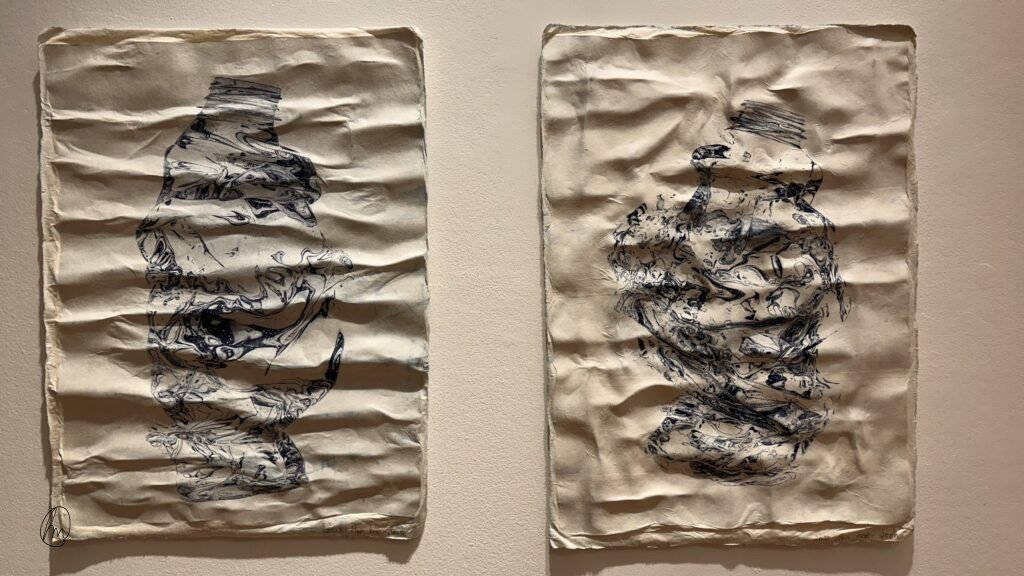
Through his striking creations, viewers experience the different stages of plastic — at once frightening, yet psychedelic and hypnotically soothing to the mind.
Two Koreas and Nunchi
If all this were not enough, the collection Somewhere in Korea introduces viewers to everyday life in both North and South Korea through the work of two exceptional Hungarian photographers.
Imre Benkő’s photographs taken in North Korea in 1984 and 1989 confront us with the silence of a nation oppressed by dictatorship — with the absence of nunchi, the quiet empathy that forms one of the foundations of trust-based symbiosis.
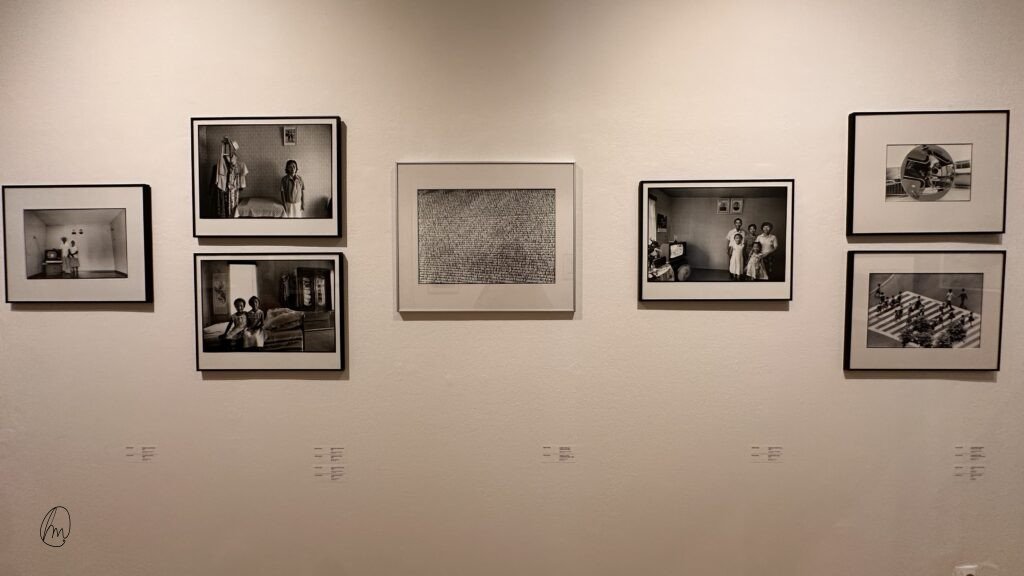
In contrast, Zoltán Molnár’s South Korean works stand alongside them, centered around a single significant image that seems to bring the two exhibitions — Somewhere in Korea and Nunchi – The Power of Silence — into symbiosis.
Discover the missing link for yourselves: in silence lies attention, and in attention lies silence.
* You can read more about Peter Lindbergh in an earlier article HERE.

